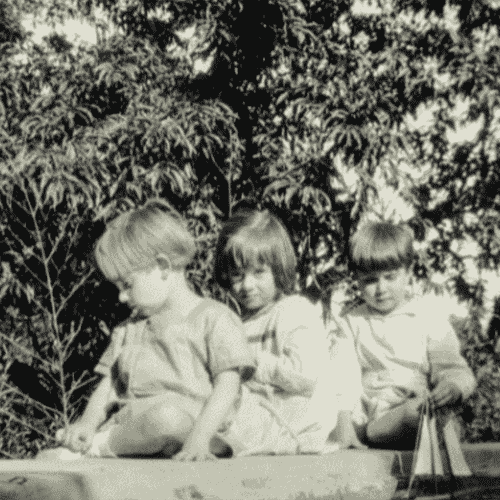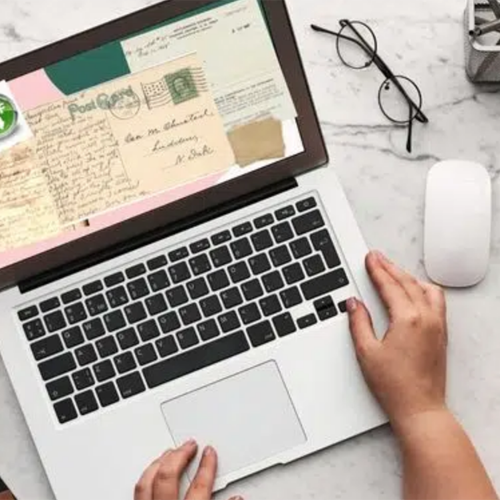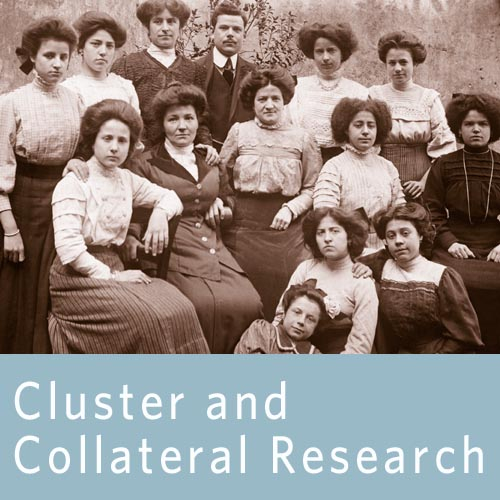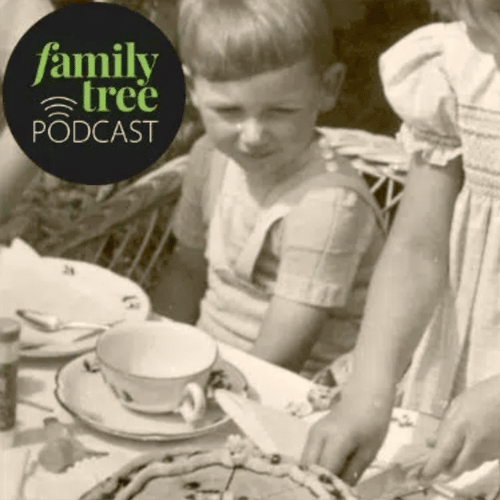| Solving Mysteries with Collateral Research |
| Collateral research is one of the cleverest strategies a thorough—or desperate—genealogist can use. It’s a roundabout way to learn more about your ancestors that, in simple terms, requires researching the paper trails of the people around them. Here’s how I used this strategy to identify an ancestor’s unknown parents: Rose O’Hotnicky’s marriage license told me that her maiden name was Krankota. But it didn’t name her parents. Among her neighbors in the 1910 census was a Krankota family. The parents were old enough to be hers. The mother had four living children, and only three appeared in their household. Could Rose be the fourth? Guessing that to be the case, I started researching that Krankota family. As it turns out, the oldest son listed in 1910 later applied for a delayed birth certificate. It included an affidavit signed by…you guessed it…Rose Krankota O’Hotnicky! She was identified in the record as his sister. Cluster and collateral research reminds us that our ancestors appear in the records of their families, neighbors and friends. They show up in each others’ letters and reminiscences. Sometimes they even took pictures together. Cluster and collateral research can also help you:
• Identify entire nuclear families • Learn more about their stories and everyday lives • Solve migration mysteries • Tease apart same-name identities • Discover patterns in your extended family, like naming traditions, occupations and more • Find living kin (working with DNA matches is a great collateral research strategy!) |
















